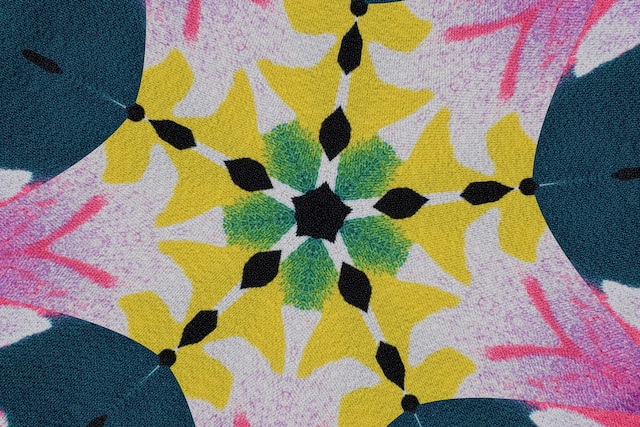
modern native american rugs
History and Evolution of Native American Rug Weaving
Native American rug weaving has a rich and fascinating history. The evolution of this traditional craft is an integral part of Native American culture, reflecting the deep connection between the indigenous people and their land.
The origin of rug weaving among Native Americans can be traced back thousands of years. It is believed that the Ancestral Puebloans, also known as the Anasazi, were one of the earliest groups to practice this art form. They wove intricate designs using natural materials such as cotton, yucca, and feathers.
As time passed, different tribes across North America developed their own unique styles and techniques in rug weaving. The Navajo tribe became particularly renowned for their exceptional craftsmanship. Their rugs featured bold geometric patterns and vibrant colors, symbolizing spiritual beliefs and tribal affiliations.
The introduction of sheep by Spanish settlers in the 16th century revolutionized Native American rug weaving. This allowed for the use of wool as a primary material instead of plant fibers. Wool proved to be more durable and provided greater versatility in design options.
In the late 19th century, trading posts played a significant role in promoting Native American rugs to a broader market. Traders recognized the beauty and value of these handcrafted pieces and began actively encouraging weavers to produce rugs for sale or trade.
During this period, new influences from Euro-American settlers started to emerge in Native American rug designs. Elements like floral motifs and border patterns found their way into traditional Native American designs, reflecting cultural assimilation while still preserving distinctive tribal characteristics.
Today, modern Native American rugs continue to honor ancestral traditions while incorporating contemporary elements. Many skilled weavers strive to preserve ancient techniques handed down through generations while embracing innovation in design concepts. These rugs serve as both functional floor coverings and exquisite works of art that celebrate Native American heritage.
In conclusion, the history and evolution of Native American rug weaving is a testament to the creativity, skill, and resilience of indigenous peoples. From the Ancestral Puebloans to modern-day weavers, this art form has evolved while remaining deeply rooted in cultural traditions. Native American rugs continue to captivate and inspire with their timeless beauty, serving as a bridge between the past and the present.


